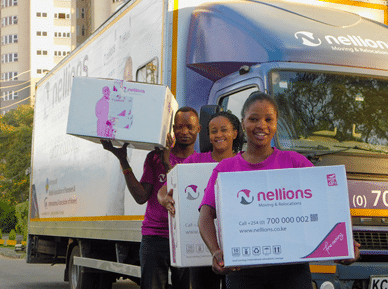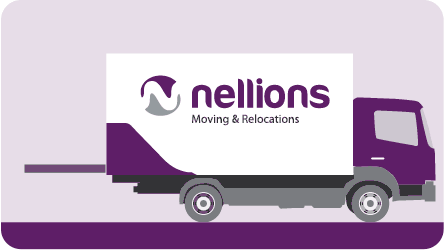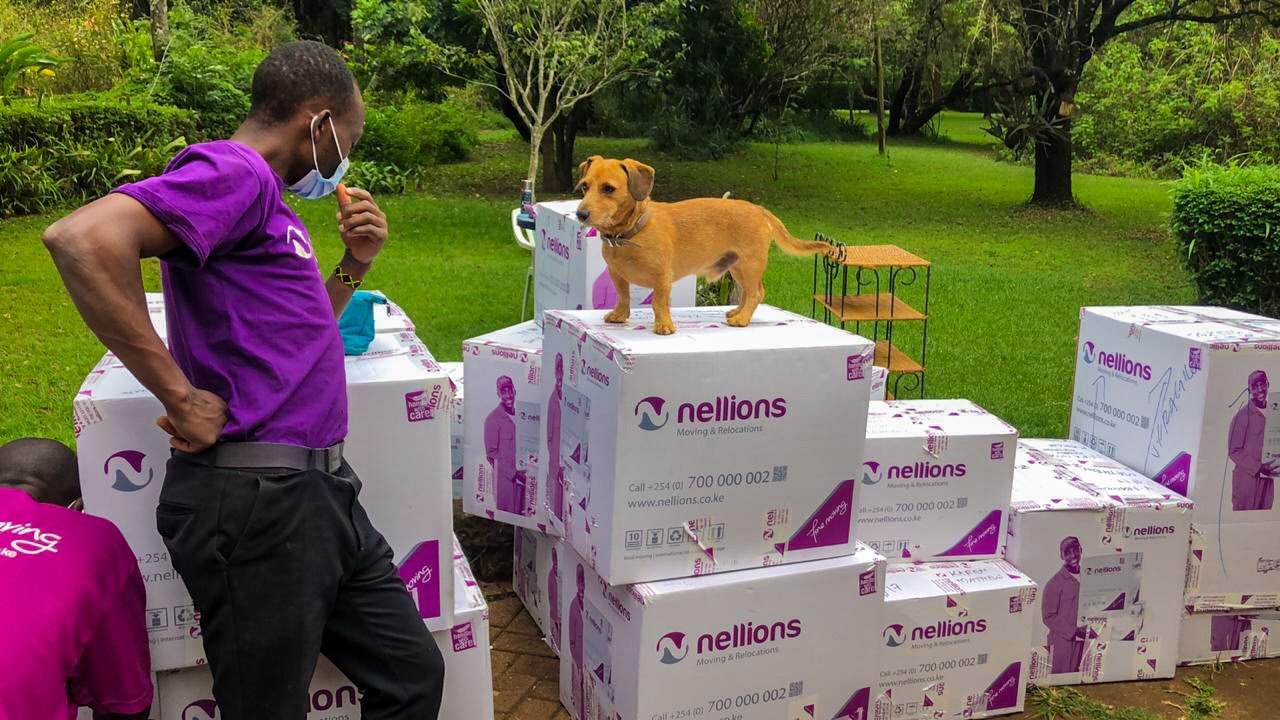Last updated on September 28th, 2022 at 06:26 am
Imagine you’re in the process of moving. You’ve downsized your home, or maybe you’re a college student who needs a place to store your things as you close for a long break. Whatever the case may be, a self-storage unit is likely something you’re considering.
But what do you really know about self-storage, other than that it’s a great way to declutter your home and free up space.
The thing is, self-storage isn’t just for people who are moving, renovating, or downsizing. It can also be an incredibly useful solution for people who are transitioning to a new place or job in the country but haven’t found a house yet.
People who’ve gotten a long-term job posting out of Kenya may also store their goods in self-storage. Companies, too, can use self-storage units as archives for their files. Here are 10 things you should know about self-storage before you decide if it’s right for you:
1. How a Self-Storage Unit Works
A self-storage unit is pretty simple: you rent a space (usually a unit) from a self-storage facility, and then you store your belongings there. The duration of your rental can range from a few weeks to several months, or even years—it’s up to you.
You’ll have access to your belongings during the facility’s operating hours, and you’ll be responsible for keeping your unit clean and organized.
But before you commit to a particular self-storage provider, ensure you go through their contract to establish:
- How long it is for
- If it automatically renews
- If there are penalties for early cancellation
- If there are price increases in the duration of your rental
2. What Can Be Stored in a Self-Storage Unit
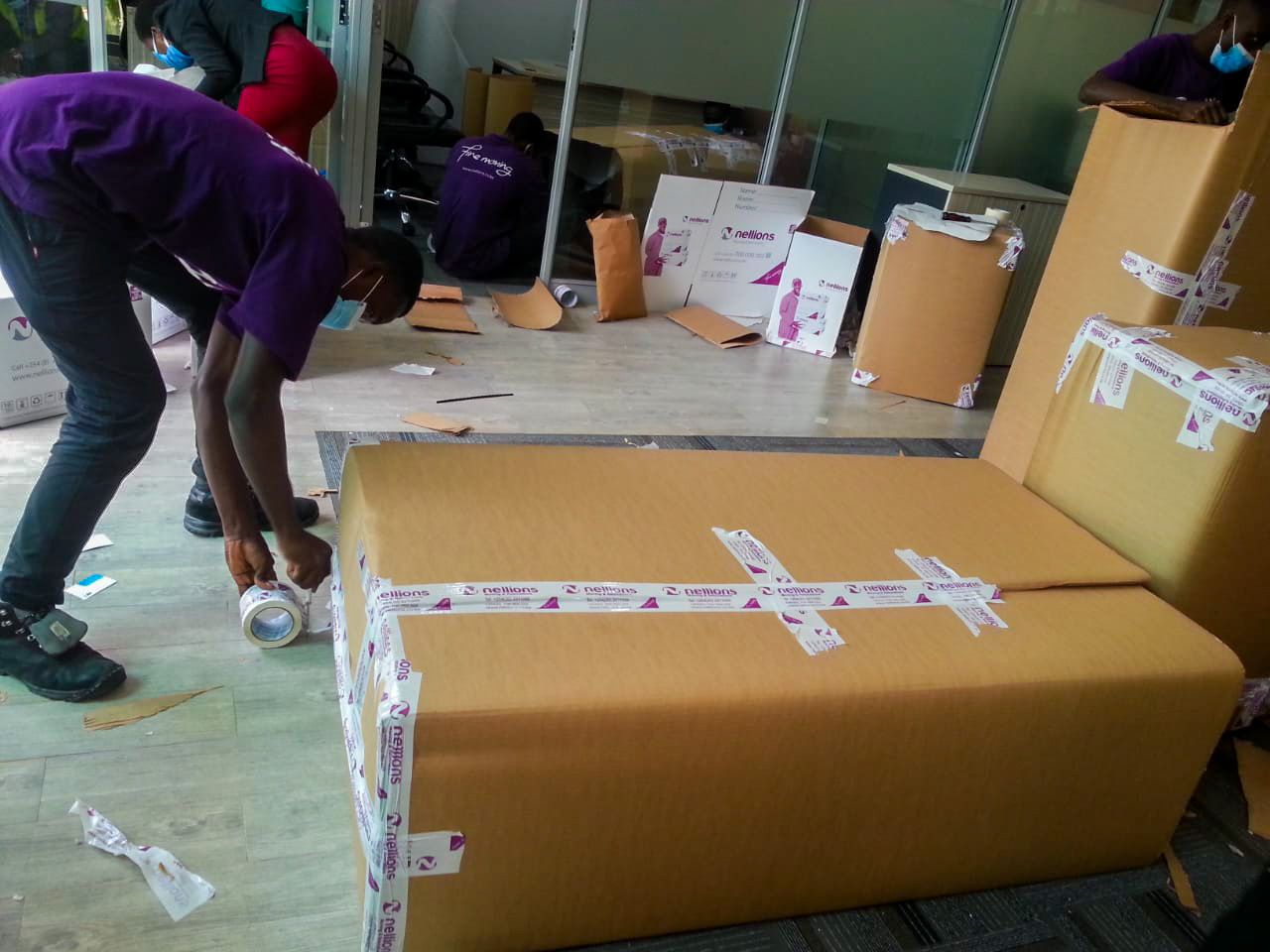
Just about anything! As long as it’s legal, self-storage units can be used to store just about anything you can think of. This includes furniture, appliances, clothing, seasonal decor, documents and files, and more.
There are, however, some things that aren’t typically stored in a self-storage unit, including:
- Perishable food items
- Hazardous materials
- Live animals
Therefore, you should establish the items to put and not to put in the storage facility of your choice beforehand by getting in touch with your preferred provider.
3. How Much Self-Storage Costs
The cost of self-storage depends on a few factors, such as the size of the unit you rent, the location of the self-storage facility, and the length of your rental.
Most self-storage units are priced per square foot, which means the larger the unit is, the more you’ll pay.
The location of the self-storage facility also contributes to its cost. If you live in a rural area, for example, self-storage units will likely be cheaper than if you lived in the heart of a big city. However, be sure to factor in access costs such as the fuel and time involved to get to the facility when choosing the one to go with.
And finally, a self-storage unit is typically rented by the month, so the longer you need to store your belongings, the more it will cost.
4. The Size of Self-Storage Unit You Need
When it comes to self-storage, one size does not fit all. In fact, self-storage units come in various sizes to accommodate the different storage needs of individuals and businesses.
That’s because the size of the self-storage unit you need depends on the amount of stuff you need to store.
To get an idea of the size you need, first, make a list of everything you need to store. Once you have that, determine how large each item is and what shape it’s in.
For example, if you’re storing a mattress, you’ll need a self-storage unit that’s at least 5×5 feet. If you’re storing a couch, you’ll need a self-storage unit that’s at least 10×10 feet.
Ultimately, if you have a lot of large items or aren’t sure how to estimate the size you need, don’t hesitate to ask the self-storage facility for help. They’ll typically be more well-versed in providing space estimates based on the size and number of items you have.
5. The Type of Self-Storage Unit That’s Right for You
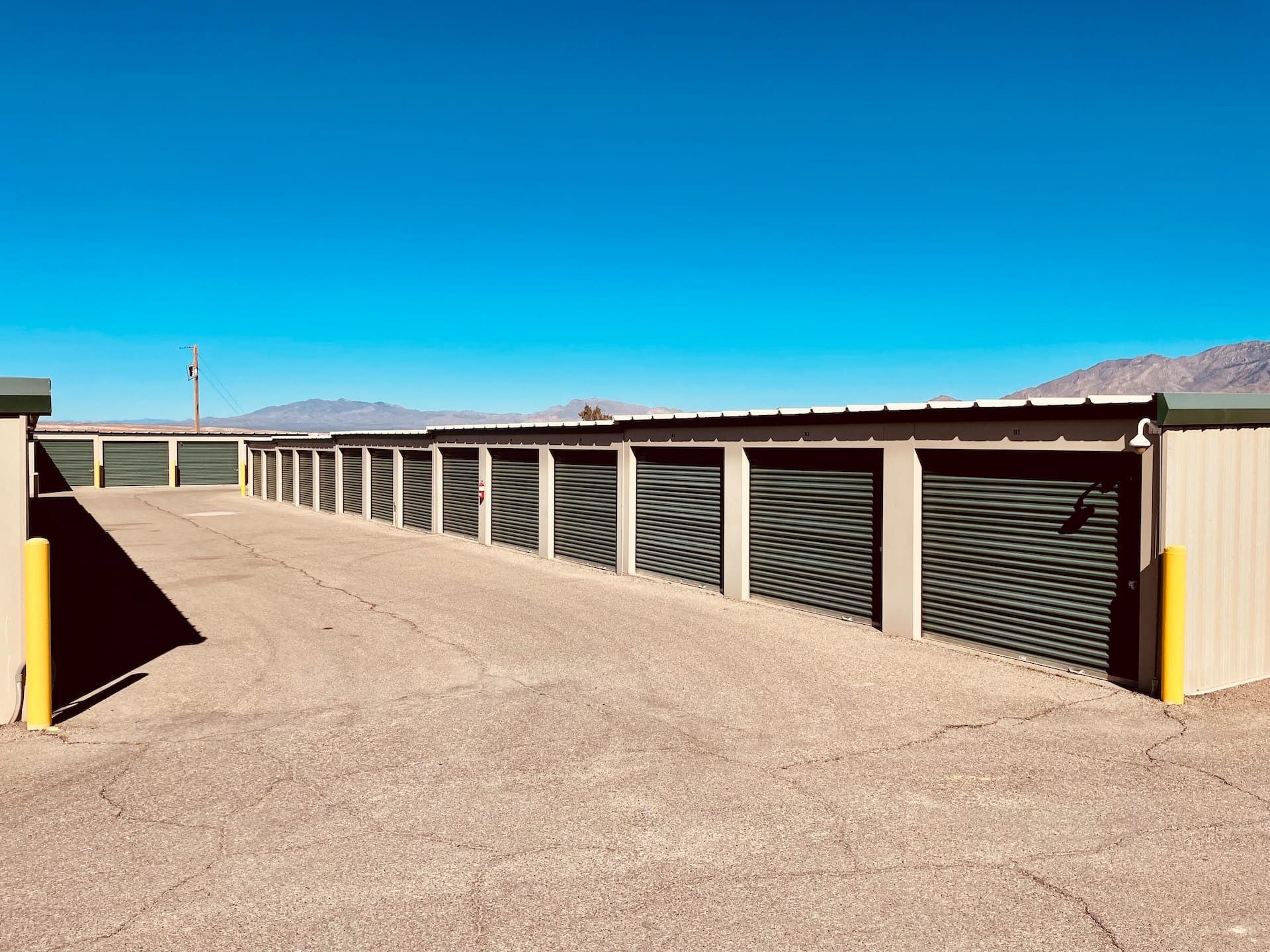
When it comes to self-storage, you have a few different unit types to choose from, each of which is designed for storing specific items. The main types are climate-controlled and non-climate-controlled self-storage units.
As the name suggests, climate-controlled self-storage units are temperature and humidity regulated to protect your belongings from extreme conditions. This is ideal for storing items sensitive to temperature and humidity changes, such as electronics, musical instruments, and important documents.
On the other hand, non-climate controlled self-storage units don’t have temperature or humidity regulation. Therefore, they’re better suited for storing items that can withstand extreme conditions, such as clothing, furniture, and appliances.
6. Consider Insurance and Maintenance
When renting a self-storage unit, you’ll want to make sure your belongings are well protected in case of an accident, theft, or natural disaster.
It’s possible your belongings may be covered under your home insurance policy, but it’s a great idea to check with your insurer first to be on the safe side.
You should also find out if your self-storage provider has insurance options such as Warehouse Liability insurance. Additionally, you may explore other home insurance covers for more options.
But even as you consider insurance coverage for your stored items, you should also examine how prepared the storage facility is in terms of fire safety. Do they have fire alarms, extinguishers, or smoke alarms? Also, how well kept are their storage facilities?
A well-maintained self-storage facility is less likely to experience issues like flooding, leaks, and pests, which could damage your belongings.
Therefore, pay attention to structural damage and the cleanliness of the facility and its surroundings. If you see any red flags, such as mold, garbage or debris around the units, it’s a good sign that the self-storage provider doesn’t take maintenance seriously.
7. How to Pack a Self-Storage Unit
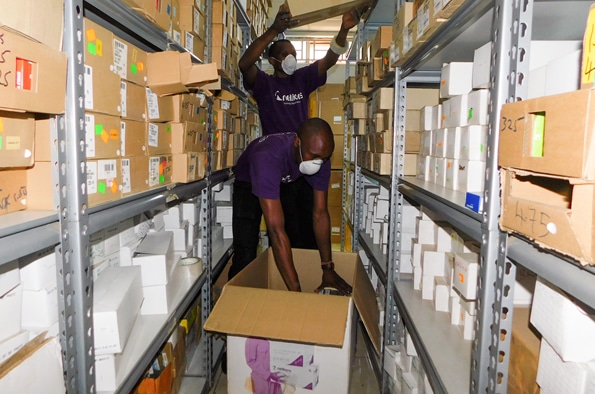
The way you pack your self-storage unit is just as important as what you store in it. After all, if you don’t pack your belongings properly, they could get damaged or lost.
Here are a few self-storage packing tips to keep in mind:
- Use good quality packing materials, such as cardboard boxes, bubble wrap, and packing peanuts.
- Label all your boxes so you know what’s inside them.
- Place heavier items on the bottom and lighter items on top.
- Use empty space wisely by filling it with smaller items or packing materials.
- Don’t block the self-storage unit door so it can’t be closed properly.
Bonus Tip: Most self-storage companies do NOT provide packing services or packing materials. Therefore, you should be prepared to either pack everything yourself or engage reliable experts to provide you with professional packing services.
Find out in advance if your preferred self-storage provider offers packing assistance at a fee. Alternatively, you might want to find out if they can sell you packing materials such as carton boxes and bubble wrap. Nellions, for instance, does both.
8. Consider the Facility’s Access Hours and Security
Access hours and security features are some of the most important self-storage factors to keep in mind.
First, consider the facility’s access hours. If you need to access your belongings frequently, look for a self-storage facility with extended access hours. Also remember that while you may have a key to your unit, some facilities still aren’t open for business on certain days, holidays, or hours.
Next, find out what security features are in places, such as video surveillance, perimeter fencing, and gated entry. You should also be interested in whether the storage facility has day and night guards. The more security features a self-storage facility has, the better.
9. Choose a Self-Storage Provider With a Good Reputation
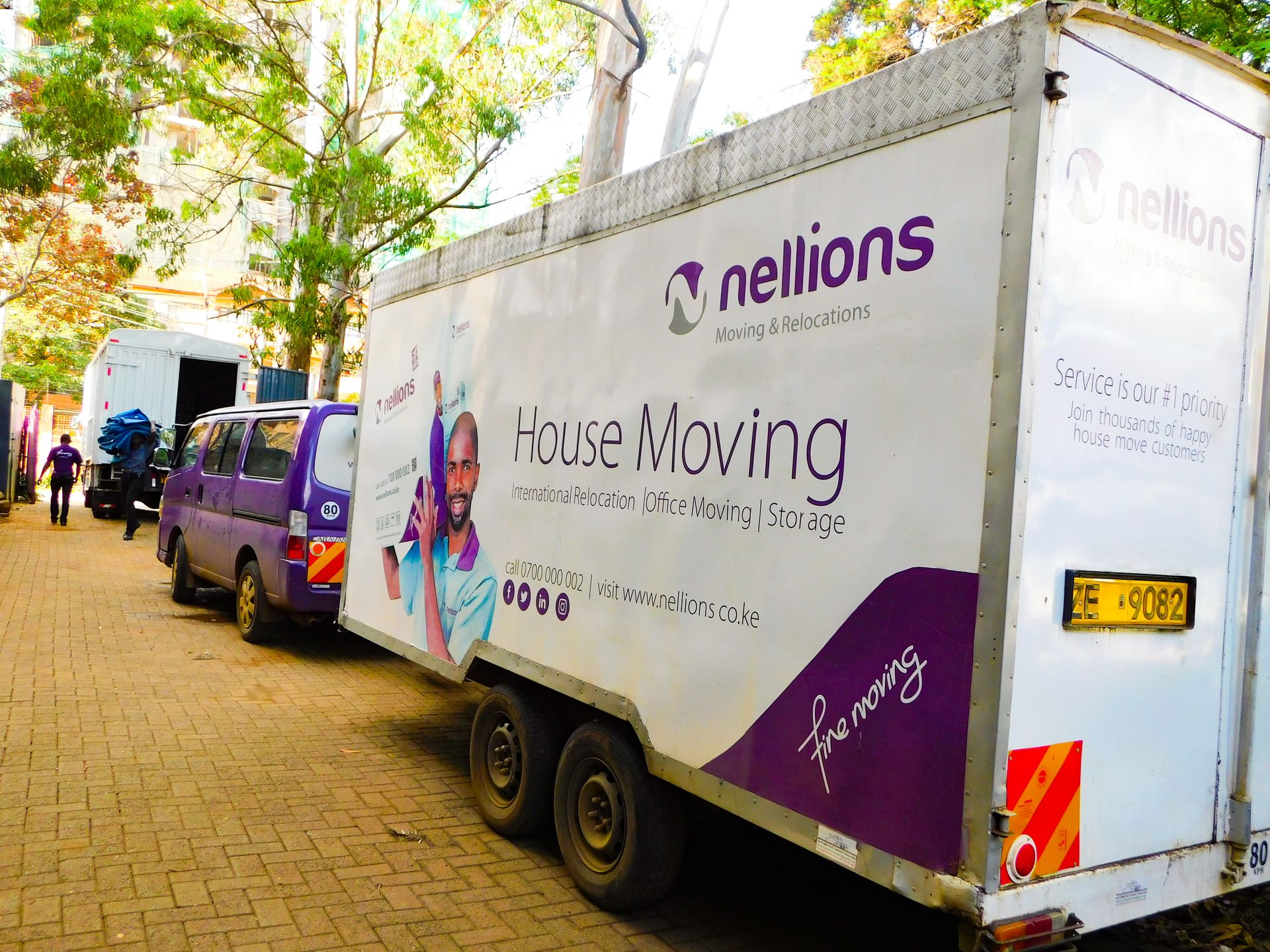
When it comes to self-storage, not all providers are created equal. So take the time to research your options to find a self-storage provider with a good reputation.
One of the best ways to avoid falling prey to scams is by reading online self-storage reviews. Doing so will give you an idea of what other customers have experienced when renting from a particular self-storage provider. Don’t just rely on website testimonials. They can be too easy to fabricate.
Another way to find a reputable self-storage provider is by asking for recommendations from people you trust, such as family and friends.
10. It Pays to Compare Self-Storage Unit Prices
Last but not least, self-storage unit prices can vary significantly from one provider to the next. So it pays to shop around and compare prices before making a decision.
When comparing self-storage unit prices, make sure you’re comparing apples to apples. In other words, compare units of the same size and with the same features.
Also, remember that the cheapest self-storage unit isn’t always the best deal. Instead of just focusing on price, consider the reputation, location, security features, and access hours of the self-storage provider.
Self-storage can be a great solution for decluttering your home or business, or for storing belongings while you’re moving.
By following the tips in this article and the mover’s guide to picking the best storage service providers in Kenya, you can avoid common mistakes and choose the best storage option for your needs.



